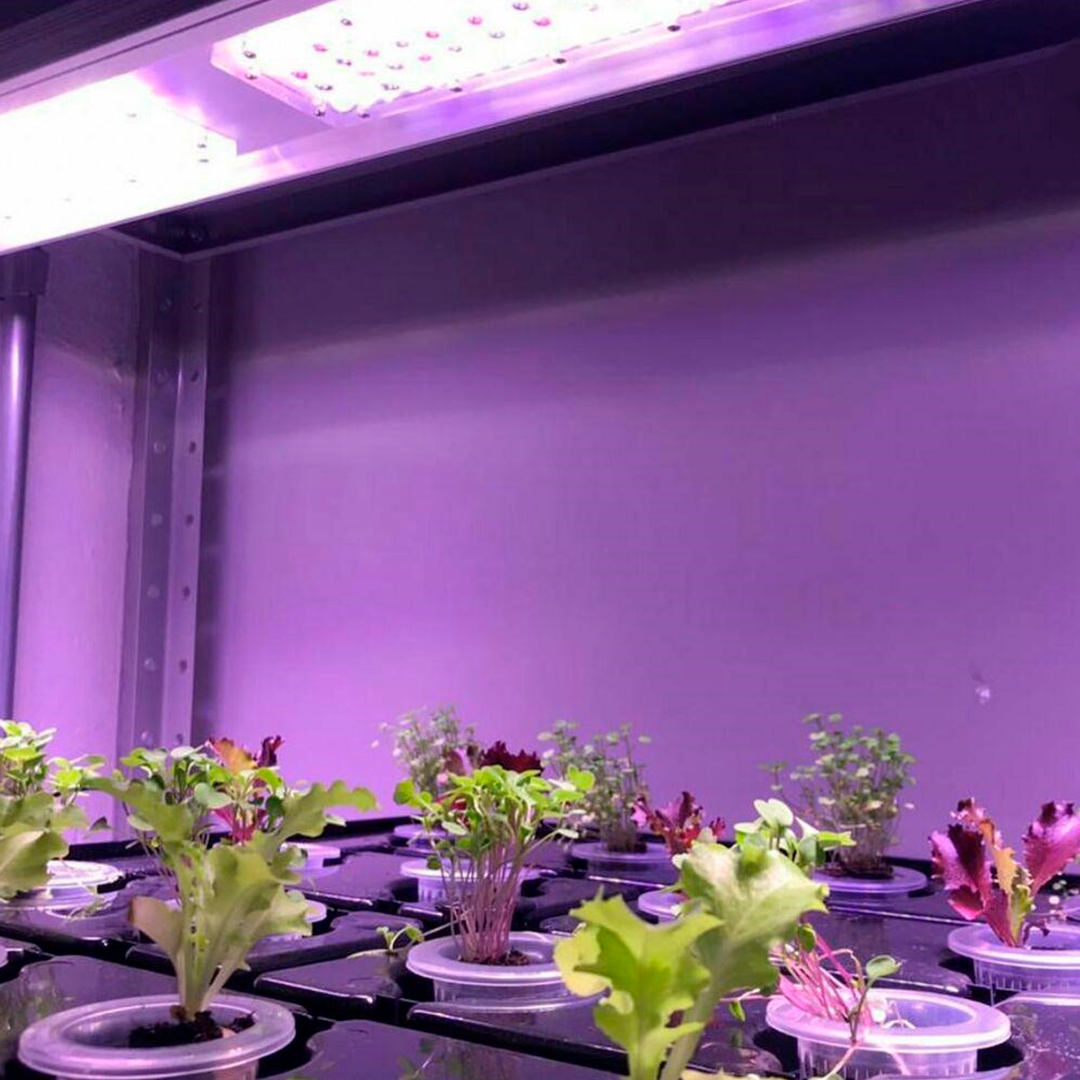Home Blog How can LED be beneficial for plants with so much sun available?
How can LED be beneficial for plants with so much sun available?
The fact that LED luminaires and bulbs are now more economical and efficient than incandescent and fluorescent ones is common knowledge, but that they also have the ability to control plant growth is new.
A major study carried out in Germany by renowned plant physiologists and experts in LED light and photosynthesis has revealed that it is now possible to fully control plant growth in terms of quality and quantity, without stress or the influence of heat on plants.
Another benefit of LED lighting is that it can increase the plant's growth cycle, simulating a certain season so that they do more photosynthesis and have a higher yield at the end of their cycle. This makes it possible to control production according to the best times of year to put these plants on the market.
When we use LEDs for this type of manipulation, we must pay attention to the plant species that are most likely to accept this type of light according to the objectives. If, for example, you want these plants to have larger leaves, shorter stems, synchronized ripening, among other possible combinations, it's important to reconcile these objectives with the LED lamps and luminaires best suited to these plants.
Linked to the use of LEDs in agriculture is another major area of interest: urban farms, vertical gardens and indoor production. Many food futurists and industry leaders say that these high-tech vertical farming operations are the future of agriculture. Capable of operating anywhere, free from pests and pathogens and without the risk of adverse weather conditions. In addition, generating fresh local food production.
Research into businesses linked to vertical farming and indoor farms is still growing, partly because the industry is so new. Today there are already lines funded by huge institutes like the National Science Foundation that compare the vertical farming industry to field agriculture in several categories, including energy, carbon and water footprints, profitability, workforce development and scalability. The study already presents the first nutritional analyses of food grown indoors, as well as comparing the price of vertically grown food in different geographical areas.
Another study carried out at Cornell found that the energy consumption and carbon footprint associated with a vertical farm (study name: “Plant Factory”) is significantly higher than that of a greenhouse. Vertical farming leaders claim that they use significantly less water than field farms, are more space-efficient and don't produce truck emissions across the country as they can have vertical warehouses in any region because they control the climate.
Vertical farming is no passing fad and data from the industry itself will make businesses even more sustainable. Associated with this is the use of LEDs in agriculture, which is now proving to be the best light source in these cases.

https://www.onnoled.com.br
varixx
blog
Highlights and News
99.995% Uptime: How to Overcome the Biggest Challenge Facing Tier IV Data Centers
24 out. 2025